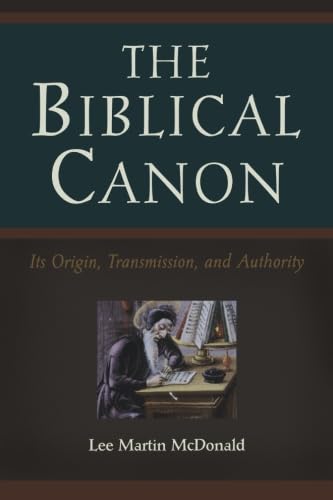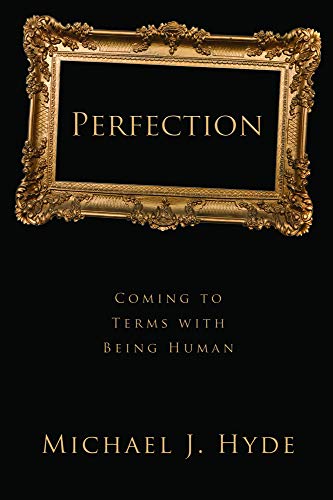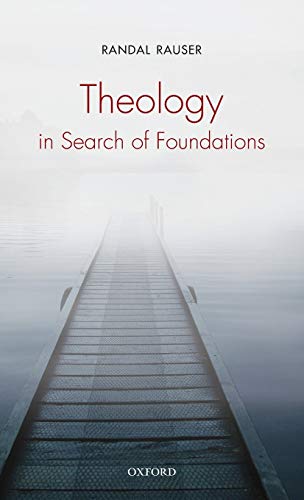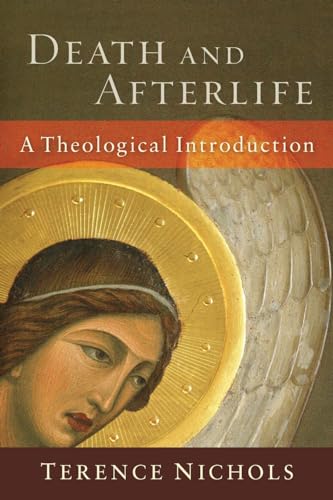The Biblical Canon: Its Origin, Transmission, and Authority
Written by Lee Martin McDonald Reviewed By H. H. Drake Williams IIIPopular culture is intrigued with other versions of the Christian faith. On the popular level, publication of Dan Brown’s The Da Vinci Code has raised questions regarding books that have been excluded from the canon. Semi-popular books that can also be found in retail bookstores include those by Robert Funk, Elaine Pagels, and Bart Ehrman, and these also have raised doubts to the limits of the canon of Scripture. On the scholarly level, writers such as J. A. Sanders and A. C. Sundberg have questioned the limits of canon.
With the interest in canon questions growing, Lee Martin McDonald presents a comprehensive history of the OT and NT canon in The Biblical Canon: Its Origin, Transmission, and Authority. It is the third edition of his earlier work, which is entitled The Formation of the Christian Biblical Canon (1988, 1995). This updated version is due to new information being present, access to a number of new sources, and McDonald’s desire to alter a few conclusions from his earlier works. This has come due to a number of studies on the Dead Sea Scrolls, McDonald’s increased study of Rabbinic tradition, the greater knowledge of apocryphal and pseudepigraphic literature, and better understanding the Septuagint. As a result, his earlier editions have been completely rewritten for this current version (p. xv).
The Biblical Canon has three sections. Part 1 defines terms such as Scripture and canon. Parts 2–3 analyze in detail how the Hebrew Bible/OT Canon and the NT Canon were formed.
Part 1, “Scripture and Canon,” focuses on definitions. McDonald defines Scripture as a written document with God’s influence within it. It communicates the will and truth of God and functions as an enduring source of regulations for God’s people individually and corporately. In contrast, canon is a fixed and normative collection of books. While there is considerable overlap between the two, McDonald sees these as different. Scripture functions with divine authority in a religious community, which is believed to have origins in God. Canon, however, refers to a fixed standard that defines the faith.
He further distinguishes between two types of canons. Following the influence of G. T. Sheppard and A. C. Sundberg, he calls these canon 1 and canon 2. Canon 1 is “an authoritative voice in written or oral form that was read and received as having the authority of God in it.” Canon 2 is a “perpetual fixation or standardization” of a closed collection (p. 55). These descriptions are helpful and allow McDonald to distinguish between a canonical process and an actual fixed canon.
With these definitions in place, McDonald then moves to the main purpose of the volume. While there were many books that could be considered Scripture, there was not a written description of how books became a canon within early Christian history until after the first century a.d. The goal of The Biblical Canon is to present a history of the early canonical process (p. 69).
The remaining and lengthiest sections of The Biblical Canon concern the formation of the Hebrew Bible/OT canon and the NT canon. McDonald devotes 164 pages to the formation of the Hebrew Bible/OT canon and 188 pages to the formation of the NT canon. He proceeds to look at ancient texts generally in a sequential manner. Primary texts are cited throughout, which is helpful. Students will be grateful for the identification and examination of each ancient text. At times, the book is overcome with too many details for general reading, but the details are helpful for further study and reference.
Students will also be thankful for McDonald’s classification of these ancient texts. For example, in the discussion about the NT, his chapter divisions help isolate issues of importance such as Scripture-like references to NT writings, origins of canonical ideas within the church fathers, the influence of heretics, the effect of translation, and collections of Christian citations. These categories help guide thinking on issues of canon limitations.
Many of McDonald’s sections are helpful. Unfortunately, he arrives at conclusions with which most evangelicals will largely not be happy. He finds that the OT canon was not fixed until at least the second century a.d. Most Evangelicals would have concluded that this canon was fixed by the end of the first century a.d. if not well before then. The NT in his opinion was not formed until the fourth through the sixth century a.d. Most Evangelicals would have concluded that the NT canon was certainly concluded by the Council of Carthage in 397 a.d. and largely in form by the middle of the third century a.d.
Several of McDonald’s presuppositions lead to these conclusions. For the OT he takes a late dating of Daniel as well as a late formation of the tripartite OT. He also assumes unnecessary doubts for the numbering of the twenty-two book in Josephus or Jubilees and the twenty-four-book canon as expressed in 4 Ezra and the Babylonian Talmud, Tractate Bava Batra. For his conclusions for the NT canon, he dates the Muratorian fragment late, namely, in the fourth century rather than in the second century like most scholars. He also assumes that Clement of Alexandria was more open to other Gospels outside of the canon than is necessary (p. 303). McDonald is overly suspicious of the notes that Eusebius provides on the canon of the NT (p. 310). He also assumes that Origen did not have a concept of a NT canon (p. 306). Finally, he is willing to give credence to the Gospel of Thomas as probably being the oldest document claiming to be a Gospel (p. 262).
Also troubling are some of the conclusions that are found at the end of this volume. For example, McDonald is willing to leave open the question as to whether fixed scriptural canons are even Christian. Further, he promotes that biblical canons were not arrived at by consensus in the churches; rather, “attempts were made to arrive at consensus by council decisions of the church hierarchy,” and “precise boundaries of the Christian faith were never fully agreed upon either” (p. 424).
Despite these differences, evangelicals will find the breadth of the volume helpful for canon studies. It is a helpful reference volume. It successfully frames the main issues of the debate. It also provides primary texts all in one helpful volume so that students can look at the relevant passages without needing a library of books. Evangelicals will want to have access also to Roger Beckwith’s The Old Testament Canon of the New Testament Church (1985) and B. M. Metzger’s The Canon of the New Testament (1987) for further study of canon formation and limits.
H. H. Drake Williams III
H. H. Drake Williams III
Tyndale Theological Seminary
Badhoevedorp, The Netherlands
Other Articles in this Issue
Most of our readers are theological students and pastors...
The Dazzling Darkness of God’s Triune Love: Introducing Evangelicals to the Theology of Hans Urs von Balthasar
by Stephen M. GarrettJürgen Moltmann observes that Christian theology and the Church face “a double crisis: the crisis of relevance and the crisis of identity...
Plots, Themes, and Responsibilities: The Search for a Center of Biblical Theology Reexamined
by Daniel J. BrendselIn the prolegomena to his “approach to biblical theology,” Charles H...
Since the mid-twentieth century biblical scholars have increasingly accepted that the texts of the Bible must be interpreted in terms of their literary genres...
The present age tends to regard polemics, theological controversies, and all-round doctrinal fisticuffs as, at best, a necessary evil, at worst, one of the most revolting aspects of Christianity...






